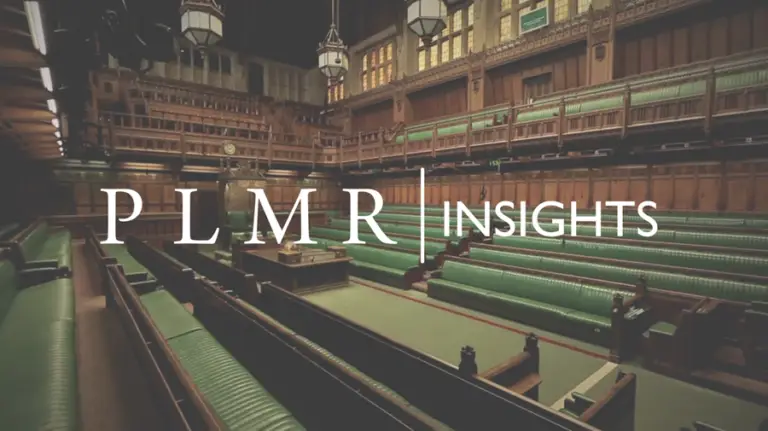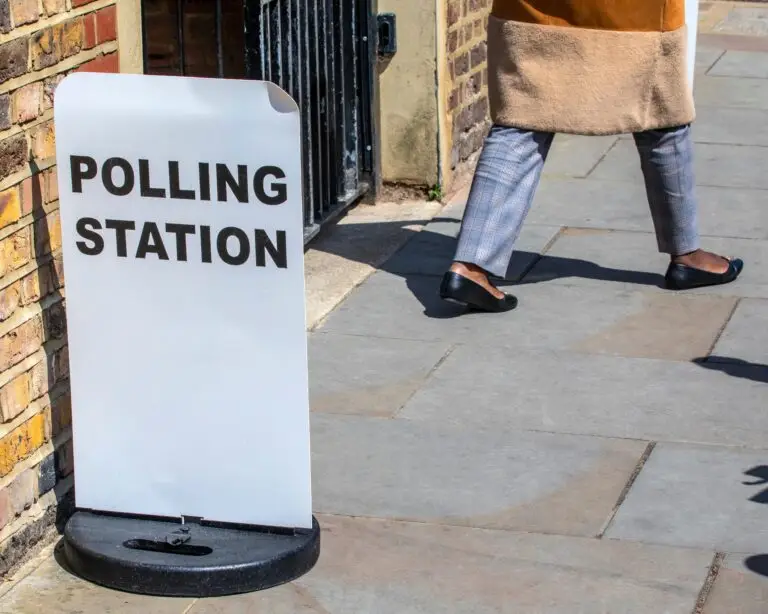The preliminary findings of the long-awaited Sue Gray report have been published today. The senior civil servant was tasked with investigating alleged gatherings in Downing Street and Whitehall during the pandemic after evidence emerged of several parties taking place. But despite the immense build-up and expectation, the investigation by the Metropolitan Police has prevented Gray from publishing her findings in full, meaning today’s version makes “minimal reference” to any events being investigated by Scotland Yard.
The report can be viewed in full here.
How critical is Gray?
Gray’s 12-page report acknowledges this from the outset, and says that because of the police investigation, “I am extremely limited in what I can say about those events, and it is not possible at present to provide a meaningful report setting out and analysing the extensive factual information I have been able to gather.”
In the section titled ‘General Findings’, Gray said the behaviour surrounding the gatherings was “difficult to justify”, and represented “a serious failure to observe not just the high standards expected of those working at the heart of Government but also of the standards expected of the entire British population at the time”. She also concluded there were “failures of leadership and judgment by different parts of No. 10 and the Cabinet Office at different times.”
Yet despite the words being damning on their own, the report fails to attribute any individual blame to the Prime Minister, nor does it provide judgement on whether he knew what was going on, or whether he subsequently misled the public in responding to the allegations. Instead, it insists that “no conclusions should be drawn”, and certainly isn’t the smoking gun Johnson would have been worried about prior to the Met’s intervention.
Number 10 response
In a short statement to the House following the report’s publication, the Prime Minister attempted to strike a contrite tone, and began by apologising to the British public, admitting that what happened was wrong, regardless of whether any rules were broken.
He also announced sweeping changes to how Downing Street and the Cabinet Office are run, saying “it was time to sort out what Sue Gray rightly calls the fragmented and complicated leadership structures of Downing Street”, stating that this would be achieved by creating an Office of the Prime Minister with a permanent secretary to lead Number 10.
The Prime Minister added that it was also “time to review the civil service and special adviser codes of conduct, wherever necessary, and ensure that they take account of Sue Gray’s recommendations, but also make sure that those codes are properly enforced.”
Finally, in a move to placate the parliamentary party, he announced plans to “improve the No 10 operation and the strength of the Cabinet Office”, notably, “the vital connection between No 10 and Parliament”.
Moving on from the report, the Prime Minister finished his statement by saying he could be trusted to deliver, restating what are in his view, the Government’s achievements on delivering Brexit, navigating Covid and beginning the process of ‘levelling up’.
Mood of the House
Following his statement, the Prime Minister answered questions from the House, offering an insight into the mood of his own MPs, the individuals who’ll ultimately decide his fate.
The questions from his own party broadly fell into one of three categories:
- Requests to publish the Sue Gray report in full.
- Whether Johnson inadvertently mislead the House when he said the guidance and rules were followed at all times at Downing Street on the 13th November – a resigning offence according to the Ministerial Code.
- The substance of the proposed Downing Street restructuring.
The most difficult moments came from Conservative grandees, Theresa May and Andrew Mitchell. The former concluded that Johnson had either “not read the rules, didn’t understand what they meant, or believed they didn’t apply in No 10”, hinting that irrespective of the answer, the public expected more from their Prime Minister. Similarly, Mitchell said he was “deeply concerned” by what he had heard from the despatch box, and said he could no longer support Johnson. In an emotional question, the influential backbencher Steve Baker criticised the Government for its strong public health messaging during the pandemic, asking how the public who followed the rules to the letter would feel after today’s findings.
Analysis
The Met’s intervention and its effect on the substance of Sue Gray’s report is likely to deter many Tory MPs from casting judgement on the Prime Minister this week. But whilst this may have bought Johnson a stay of execution, the uncertainty will continue to weaken his authority and prevent him from truly drawing a line under the saga. Today was an attempt by the Prime Minister to persuade his own party that he’s not only sorry, but will learn the lessons of the last two years by reforming the structure of Number 10, which if completed, will formally resemble a government department with its own Permanent Secretary and Office of the Prime Minister.
Whether this is enough to save him remains to be seen. The number of unanswered questions will limit his ability to move the conversation on as will a renewed focus on a party alleged to have taken place in the Number 10 flat, regardless of the expected release of The Levelling Up White Paper on Wednesday, and a trip to the Baltic states at the end of the week.
Instead, attention will now turn to the Metropolitan Police, who’ll be under immense pressure to conclude their own inquiries into what happened. The level of outrage among parliamentarians and the general public will make delay extremely difficult, and it’s been confirmed this evening that Number 10 will allow Sue Gray to publish her findings in full once Scotland Yard have concluded their investigation.




